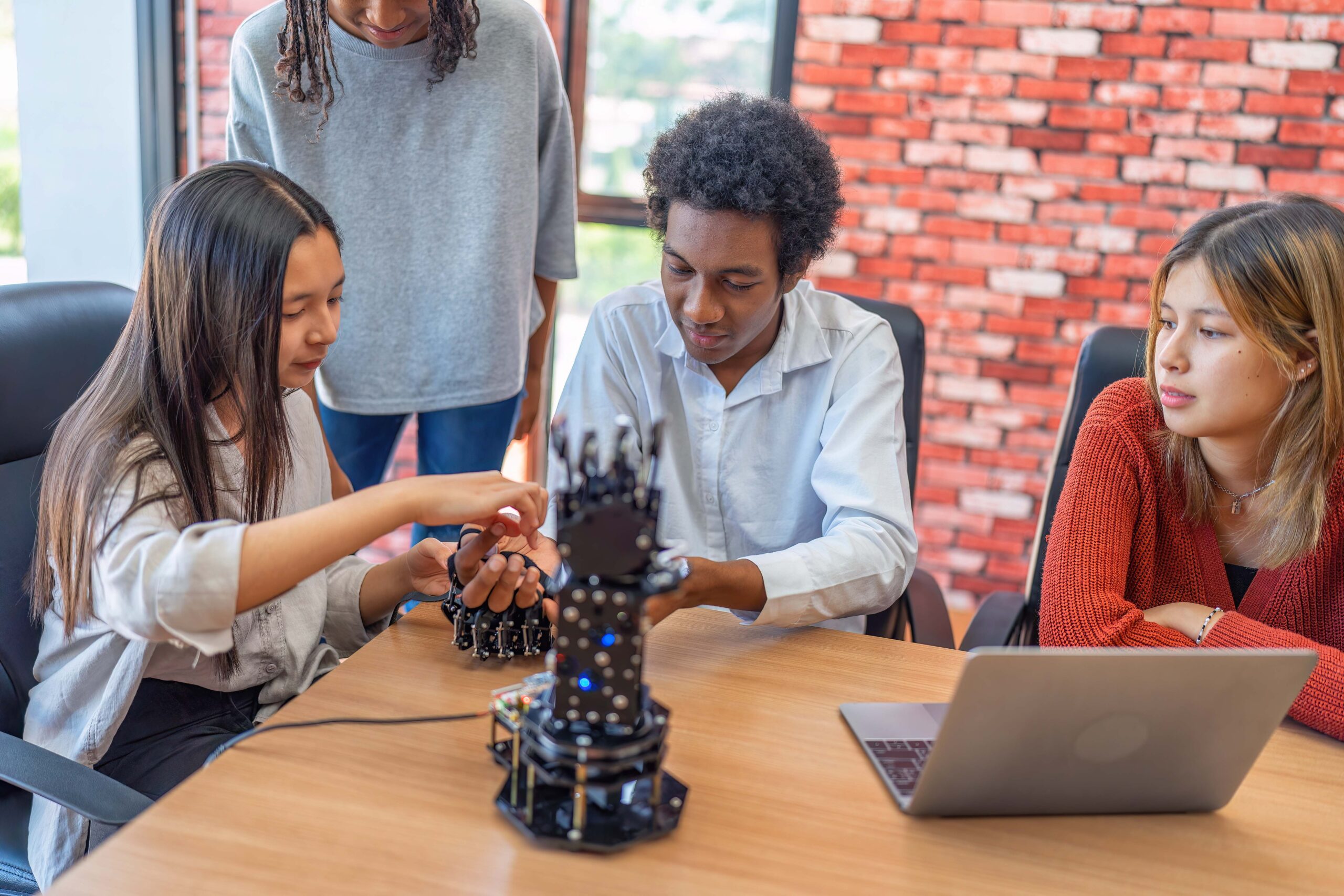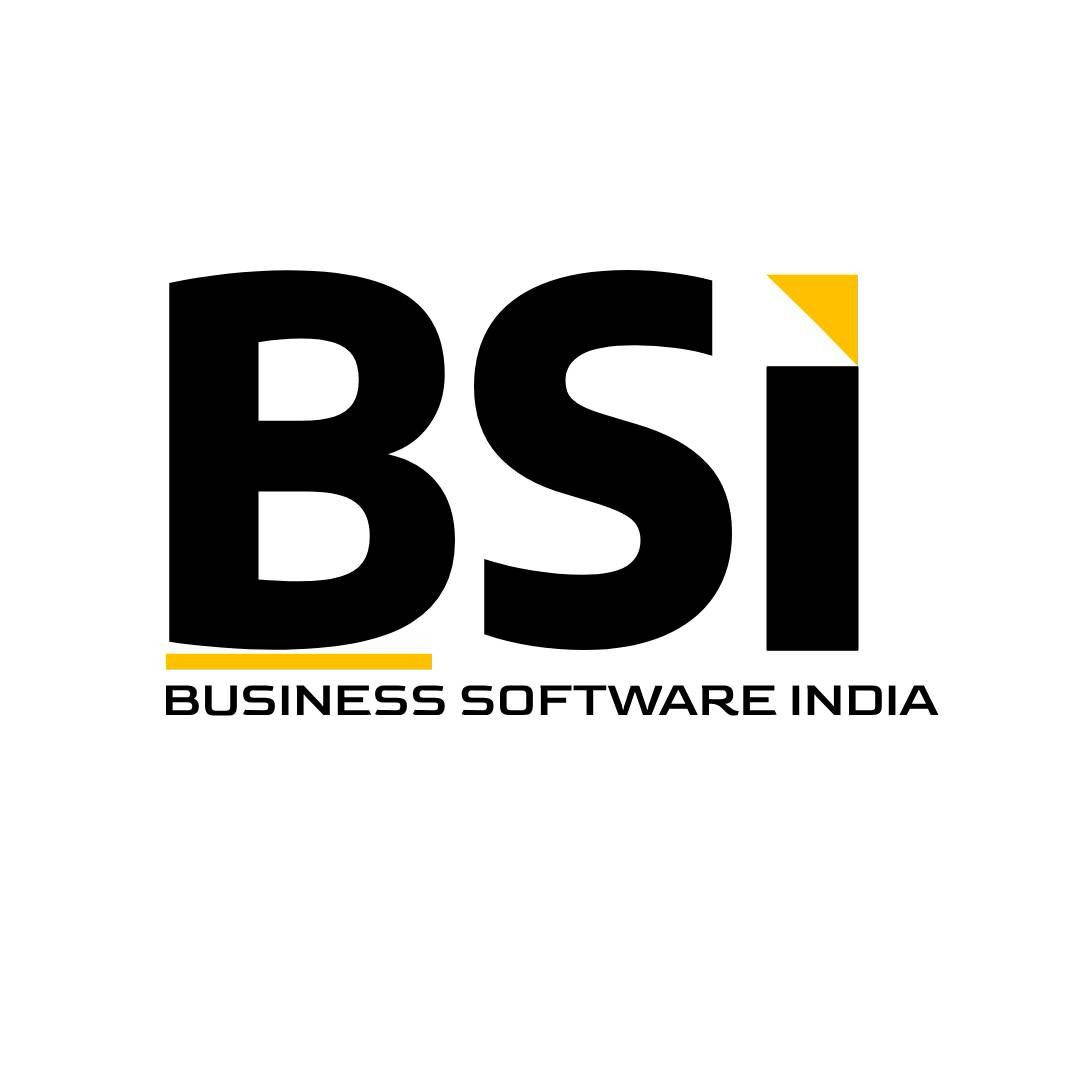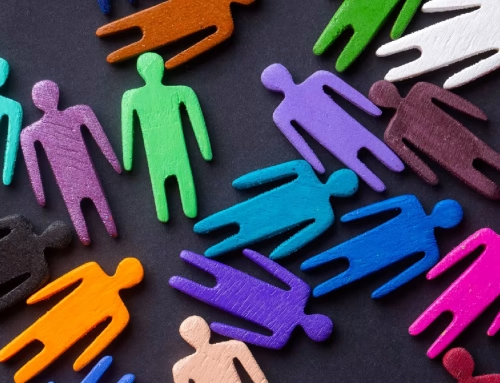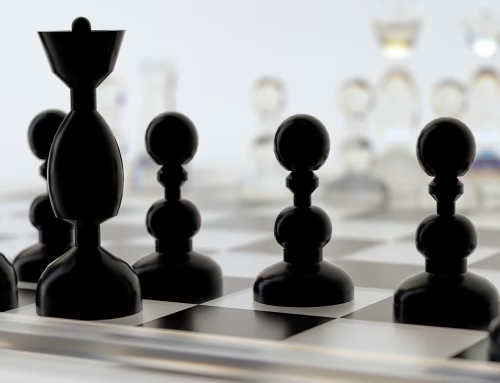
BSI – 23RD JULY, 2024
AI and Blockchain for Education
AI in Education
AI is enhancing education by personalizing learning, automating administrative tasks, and improving access. Key applications include:
a. Personalized Learning
- Adaptive Learning Platforms: AI systems analyze student performance to tailor lessons, pace, and assessments. Examples: DreamBox, Khan Academy.
- Customized Feedback: AI tools provide instant feedback to learners, helping them understand mistakes and improve.
b. Automating Administrative Tasks
- Grading: AI-powered grading systems save educators’ time by automating assessments.
- Scheduling: AI assists in managing class schedules, teacher assignments, and resource allocation.
c. Enhanced Accessibility
- Language Translation: AI-driven tools break language barriers in global education.
- Assistive Technologies: Tools like speech-to-text and real-time captioning help students with disabilities.
d. Tutoring and Support
- AI chatbots and virtual tutors provide round-the-clock assistance to students, answering questions and offering guidance.
Blockchain in Education
Blockchain ensures transparency, security, and efficiency in educational processes. Its key applications include:
a. Credential Verification
- Tamper-Proof Records: Blockchain stores academic credentials securely, making them verifiable and resistant to fraud.
- Digital Diplomas: Students can share their achievements with employers without intermediaries. Example: MIT’s blockchain-based digital diplomas.
b. Decentralized Learning Platforms
- Ownership of Data: Students control their own educational data and decide who can access it.
- Tokenized Incentives: Blockchain-based systems reward students with tokens for achievements or participation.
c. Transparent Funding and Donations
- Blockchain ensures that scholarships, grants, and donations reach the intended beneficiaries without misuse.
d. Smart Contracts
- Automated Processes: Smart contracts automate fee payments, resource allocation, and certifications.
- Peer-to-Peer Learning: Facilitates direct connections between educators and learners, reducing reliance on intermediaries.
Synergies Between AI and Blockchain
- AI for Analysis + Blockchain for Security: AI can analyze student data for personalized recommendations, while blockchain ensures the data’s security and integrity.
- Decentralized AI Models: Blockchain can support decentralized AI systems, ensuring fair and transparent AI in education.
Challenges
- Cost and Infrastructure: Implementing these technologies can be expensive.
- Data Privacy: Balancing data utility with privacy is critical.
- Digital Literacy: Educators and students need training to use these tools effectively.
Future Trends
- AI-Driven Blockchain Education Systems: Integrated platforms that combine AI’s adaptive learning with blockchain’s transparency.
- Micro-Credentials: Blockchain-backed digital badges for skill-based education.
- Global Collaboration: Seamless, secure international educational exchanges enabled by blockchain and AI.
These technologies promise a more efficient, secure, and inclusive education system, opening up endless possibilities for innovation.




